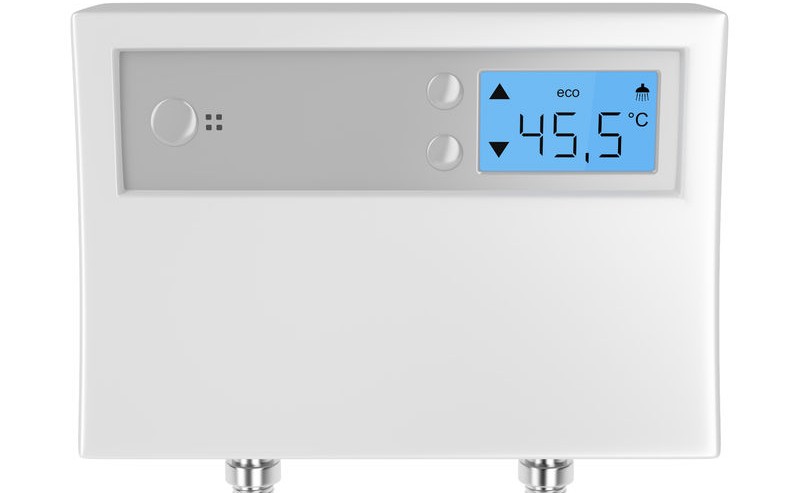Tank-less Water Heaters: How Do They Work?
Winter can be a very hard time of year, especially here in Pennsylvania. After a long, hard day suffering through the cold, nothing is better than a hot bath or shower, and nothing is worse than coming home to find out someone’s used all of the hot water and that you have to wait for the tank to refill. This scenario is exactly why many families are choosing to switch to tank-less water heaters.
While unfamiliar in the United States, other countries have been using tank-less water heaters for years, mostly because of their efficiency. If you’re tired of your hot water running out just when you need it, read on to find out how tank-less water heaters work.
How Traditional Water Heaters Work
Before you learn about tank-less water heaters, it’s important to understand how a traditional water heater functions. The type of water heater that you will find in most homes is based around a tank filled with water. The heater keeps this water constantly heated so that it’s available when you need it. But what this also means is that your water heater is constantly using energy, energy you yourself will never use, which is known as standby heat loss and is a particular problem for those who are conservation minded. It is also one of the biggest advantages of a tank-less water system.
How Tank-less Water Heaters Work
Tank-less water heaters are often referred to as “on-demand” water heaters because this is, very simply, how they work. Unlike tank based water heaters that constantly maintain a supply of hot water in case you need it, a tank-less water heater only heats up water when you want it—or on demand.
The exact process that a tank-less water heater utilizes to heat your what whenever you want it is by the use of a heat exchanger, which literally transfers—or exchanges—heat from an outside energy source into the water. The minute you turn on one of your taps, the heat exchanger is triggered and begins transferring heat from the energy source to your water. Typically, the energy source is either an electric coil or a gas fire based system. But there is more to a tank-less water heater than just how it works. There are actually two different types of tank-less water heater you can get.
The Two Types of Tank-less Water Heater
Tank-less water heaters come in two varieties and can meet a variety of needs. A whole-house tank-less water heater is the one that most people are probably used to. With a whole-house heater, there is a centrally located heater that provides hot water to all the taps of the house. The only drawback is that this system can only provide so much hot water at a time, which can be a problem if multiple people are using hot water at the same time.
The other variety of tank-less water heater is known as a point-of-use system. Point-of-use tank-less water heaters are much smaller and typically only heat one tap, two at the most. These are great for smaller homes with fewer faucets or for single people because the cost much less.
Installing Your New Water Heater
When you and your family are thinking about switching to a tank-less water heater, you want to make sure you’re hiring to right professionals to install and set up your system. In these situations, you should turn to ServiceWhale. At ServiceWhale, we are committed to connecting you with the right services and professionals for all your home care needs. When you use our request wizard, you’ll know you’re finding the most affordable, high quality professionals in the state of Pennsylvania.





Comments
Comments are disabled for this post